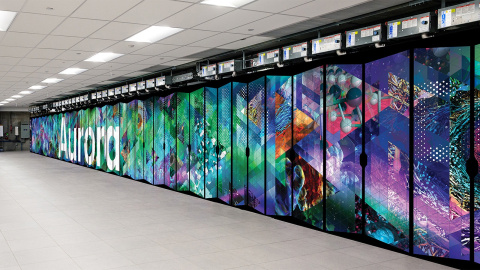
Over the past year, DOE’s Office of Science has made major advances in a variety of scientific areas.

DOE supports researchers who are finding new ways to apply artificial intelligence to high energy and nuclear physics.
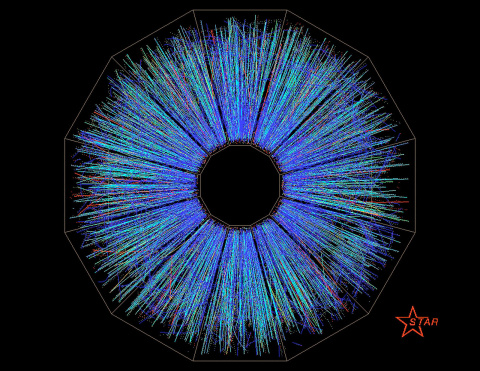
Ever since the Relativistic Heavy Ion Collider debuted, it’s been an essential and wonder-inspiring tool for understanding the building blocks of matter.

Quantum technologies have the potential to revolutionize science; DOE is finding new ways to push them forward.
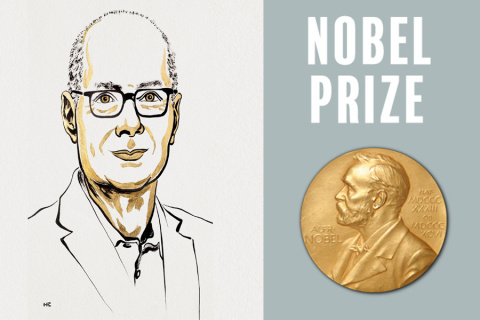
Omar M. Yaghi, a chemist supported by the Department of Energy’s (DOE) Office of Science, has been awarded the 2025 Nobel Prize in Chemistry.

DOE user program helps even non-scientists develop and study new materials.

A simple additive solidifies on impact for improved battery safety.
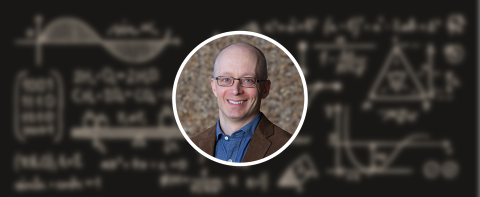
With his Early Career award, Matthias Schindler developed theoretical tools to help us understand the processes inside of protons and neutrons.
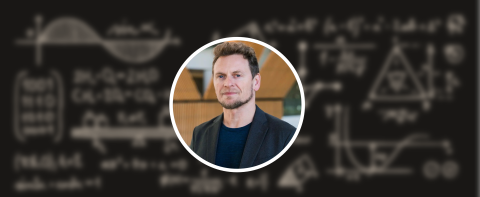
Marian Jandel at the University of Massachusetts Lowell is obtaining precise nuclear data measurements to advance our knowledge of neutron reactions.
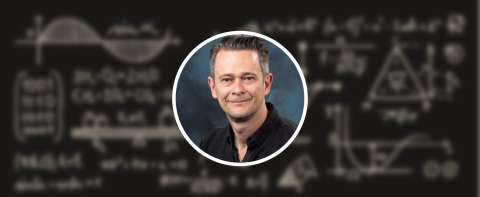
Gaute Hagen used his 2013 Early Career Research Program award to investigate state-of-the-art computations of weak processes in nuclei.

